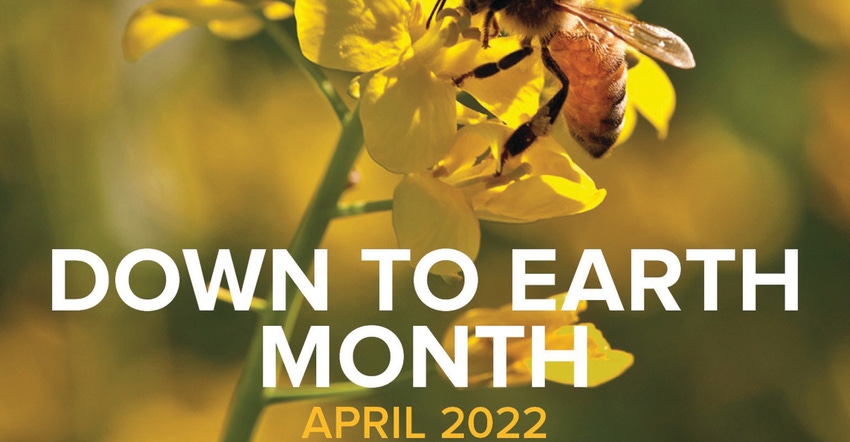
To those who work the industry, the impressive numbers may be familiar — more than half of California’s vineyard acreage (204,850 acres on 2,400 vineyards) is certified sustainable with nearly three quarters of U.S. wine drinkers pausing to consider buying sustainably prior to their purchase.
As the fourth largest wine producing region in the world, California boasts the most comprehensive and widely adopted sustainability certification protocols and has been promoting that effort for more than a decade.
Hence the designation of the month of April as Down To Earth Month, a public recognition of the state’s sustainable winegrowing leadership among both the vineyards and wineries.
Created by Wine Institute with its 1,000 associated wineries and the California Sustainable Winegrowing Alliance, the festivities shine the spotlight on efforts to ensure the health and vibrancy of the land via an annual recognition now in its second decade.
“The goal is to grow and craft quality wine grapes and wine while protecting the environment, being a good neighbor/employer, and maintaining thriving family farms and businesses,” the sponsors report. “Sustainable certification is good for the grapes, good for the community, and good for the planet.”
And apparently well-received by the buying public too. Wine Intelligence writes: “The concept of sustainability has become a powerful driver of consumer sentiment in recent years.” They quote data showing “nearly half of American adult drinkers of beverage alcohol were ‘positively influenced’ to buy brands that had demonstrable environmental or sustainability credentials.”
With event sponsors citing the conservation of water and energy, the maintenance of healthy soil, protection of air and water quality, and the preservation of local ecosystems as benefits, they also note that there has been a 154% increase in the number of CCSW vineyards over the last five years “as winegrowers protect the soil, air, water, habitat, and biodiversity.”
Assembly resolution
The event has the approval from on high as the State Assembly offered its support via resolution to celebrate the sustainable leadership of wineries and winegrape growers throughout the state, noting: “Sustainability is a vital part of the long-term future of California wine, which contributes an estimated $57.6 billion in annual economic activity to the state’s economy.”
Winegrapes being one of nearly 400 specialty crops that are California-grown through a grower/vintner commitment that has been recognized three times with Governor’s Environmental and Economic Leadership Awards, the State Assembly offered its blessings on the recognition month.
Focusing on the three “E’s” of sustainability — Environmentally Sound, Socially Equitable, and Economically Feasible, CSWA’s Executive Director Allison Jordon said, “We’ve had fantastic buy-in from growers and it’s been remarkable to see the uptick of sustainable practices in the industry.”
With initial efforts focused on education and outreach to a limited group of growers and vintners — a group that now represents up to half the California certified vineyards — “I think this current decade will focus on climate missions like how do you work together as an industry to mitigate climate change,” Jordon sais.
“Topics like dealing with water availability and becoming more innovative by embracing technology innovation. There are some interesting things on the horizon in regenerative agriculture which will help us do what we do, improving quality while also protecting the environment.”
About the Author(s)
You May Also Like




